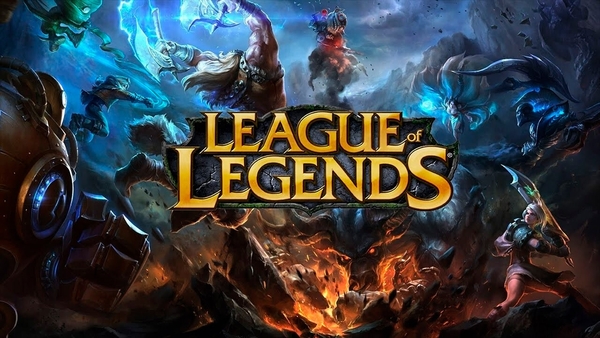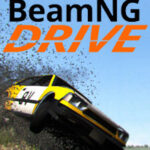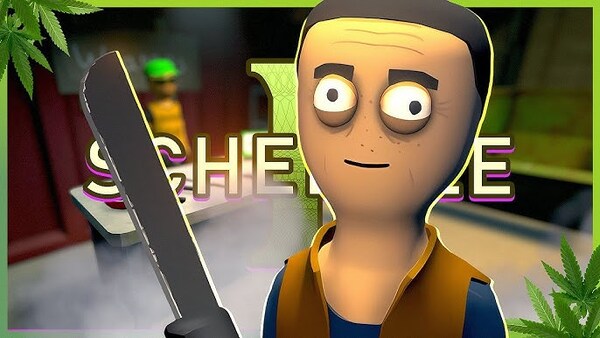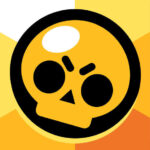
League of Legends
All trademarks belong to their respective owners.
Advertisement
Popular Now
League of Legends, developed by Riot Games, is one of the most popular multiplayer online battle arena (MOBA) games in the world. Despite its success, one persistent issue has plagued the game for years: toxicity. From verbal abuse to trolling and intentional feeding, the toxic behavior within the community has seriously impacted the overall player experience. This article explores how toxicity emerged, how Riot Games has responded, and what solutions are being implemented to address it.

 To improve, Riot replaced the Tribunal in 2017 with an Instant Feedback System (IFS). This system automated the detection of toxic behavior, allowing for real-time punishments. While the IFS worked faster, it still faced challenges, such as false positives and the inability to detect subtler forms of toxicity.
To improve, Riot replaced the Tribunal in 2017 with an Instant Feedback System (IFS). This system automated the detection of toxic behavior, allowing for real-time punishments. While the IFS worked faster, it still faced challenges, such as false positives and the inability to detect subtler forms of toxicity.
 In 2019, Riot created the Behavioral Systems Team, focusing on improving player behavior and combating toxicity. They refined the IFS and added features like Honor and Chest Rewards to promote positive behavior. Despite these initiatives, players still report frequent encounters with toxic individuals, indicating that more work is needed.
In 2019, Riot created the Behavioral Systems Team, focusing on improving player behavior and combating toxicity. They refined the IFS and added features like Honor and Chest Rewards to promote positive behavior. Despite these initiatives, players still report frequent encounters with toxic individuals, indicating that more work is needed.

The Early Problem of Toxicity
When League of Legends launched in 2009, its competitive nature quickly led to frustrations among players, and toxic behavior began to emerge. Players, upset by poor team performance, often resorted to insults, flaming, and even deliberate sabotage. Riot Games initially overlooked these issues, focusing on gameplay and mechanics, but the toxicity steadily grew as the community expanded.Riot’s First Attempts: Reporting Systems
By 2013, Riot introduced a reporting system to allow players to report abusive behavior. Although this system provided a way for players to report toxic individuals, it was often ineffective. Manual reviews took too long, and the sheer volume of reports led to inconsistent punishment. Toxic players could still evade consequences by altering their behavior just enough to slip through the cracks.The Tribunal: Community-Driven Moderation
In 2014, Riot introduced the Tribunal, a community-driven moderation tool where players could review reported accounts and vote on appropriate punishments. While it gave players more power in policing the game, it still had flaws. The system was often inconsistent, and it did not address the underlying causes of toxicity—such as frustration and the competitive nature of the game.Moving to Automated Systems: Instant Feedback
 To improve, Riot replaced the Tribunal in 2017 with an Instant Feedback System (IFS). This system automated the detection of toxic behavior, allowing for real-time punishments. While the IFS worked faster, it still faced challenges, such as false positives and the inability to detect subtler forms of toxicity.
To improve, Riot replaced the Tribunal in 2017 with an Instant Feedback System (IFS). This system automated the detection of toxic behavior, allowing for real-time punishments. While the IFS worked faster, it still faced challenges, such as false positives and the inability to detect subtler forms of toxicity.
Streamers and Influencers: Normalizing Toxicity
As League of Legends gained popularity, prominent streamers and influencers began to normalize toxic behavior. Some streamers openly engaged in trolling and flaming, which had a trickle-down effect on their audiences. Despite efforts to distance themselves from such behavior, the culture of toxicity continued to thrive.Riot's Continued Efforts: The Behavioral Systems Team
 In 2019, Riot created the Behavioral Systems Team, focusing on improving player behavior and combating toxicity. They refined the IFS and added features like Honor and Chest Rewards to promote positive behavior. Despite these initiatives, players still report frequent encounters with toxic individuals, indicating that more work is needed.
In 2019, Riot created the Behavioral Systems Team, focusing on improving player behavior and combating toxicity. They refined the IFS and added features like Honor and Chest Rewards to promote positive behavior. Despite these initiatives, players still report frequent encounters with toxic individuals, indicating that more work is needed.


















